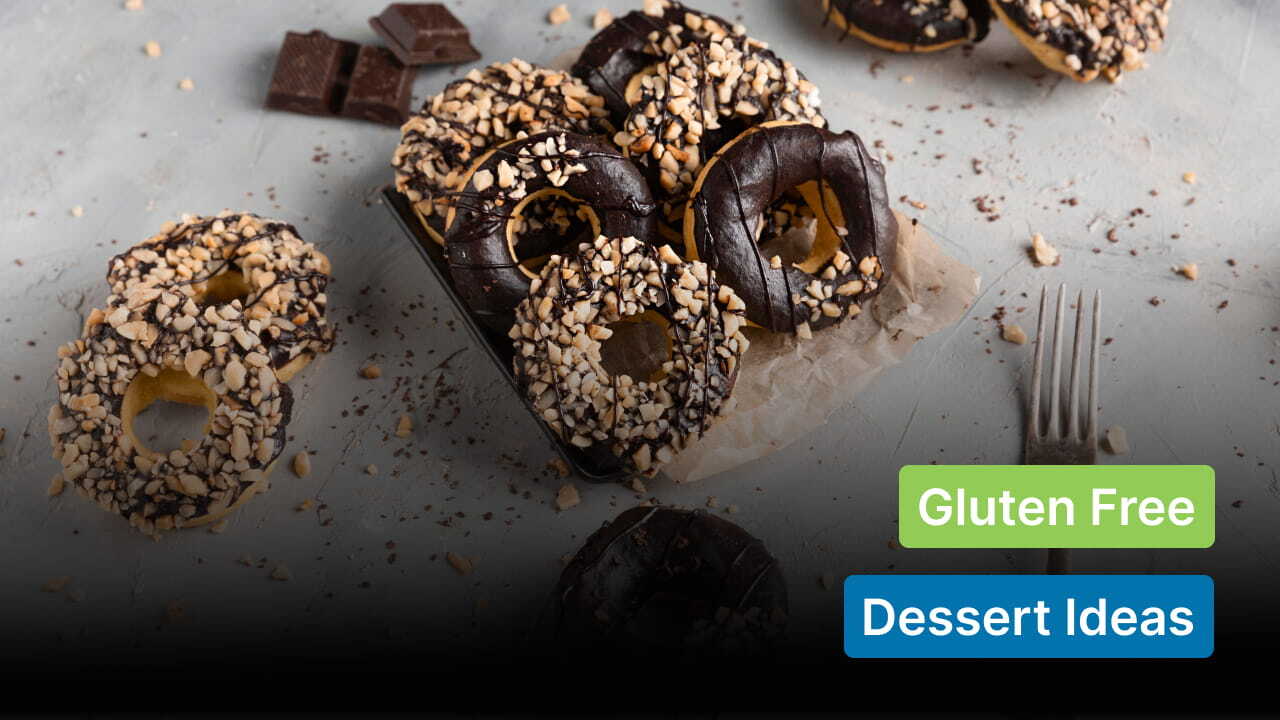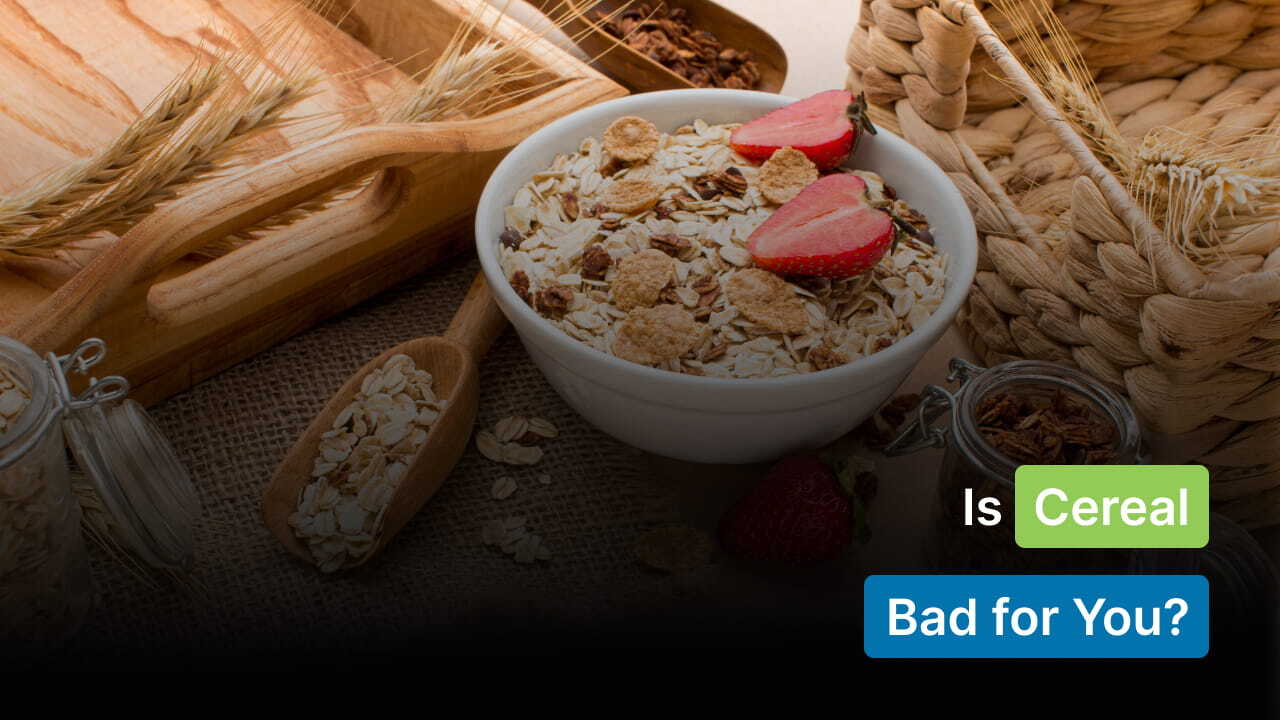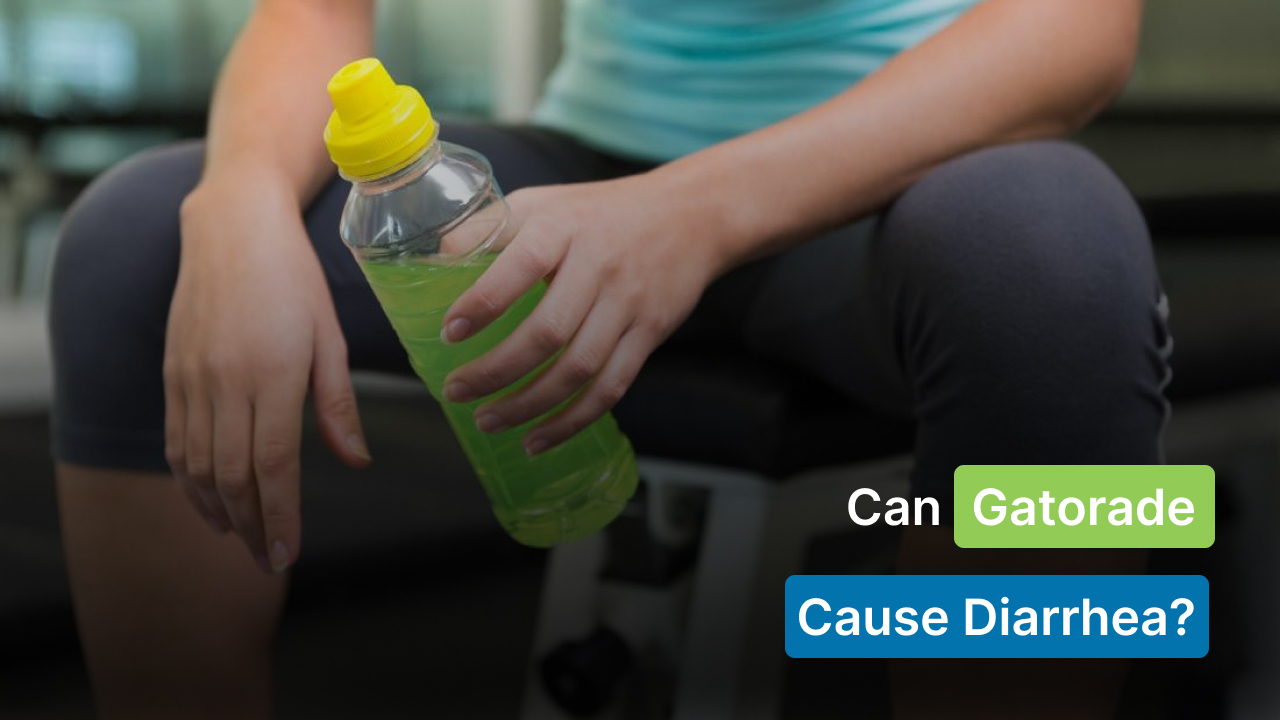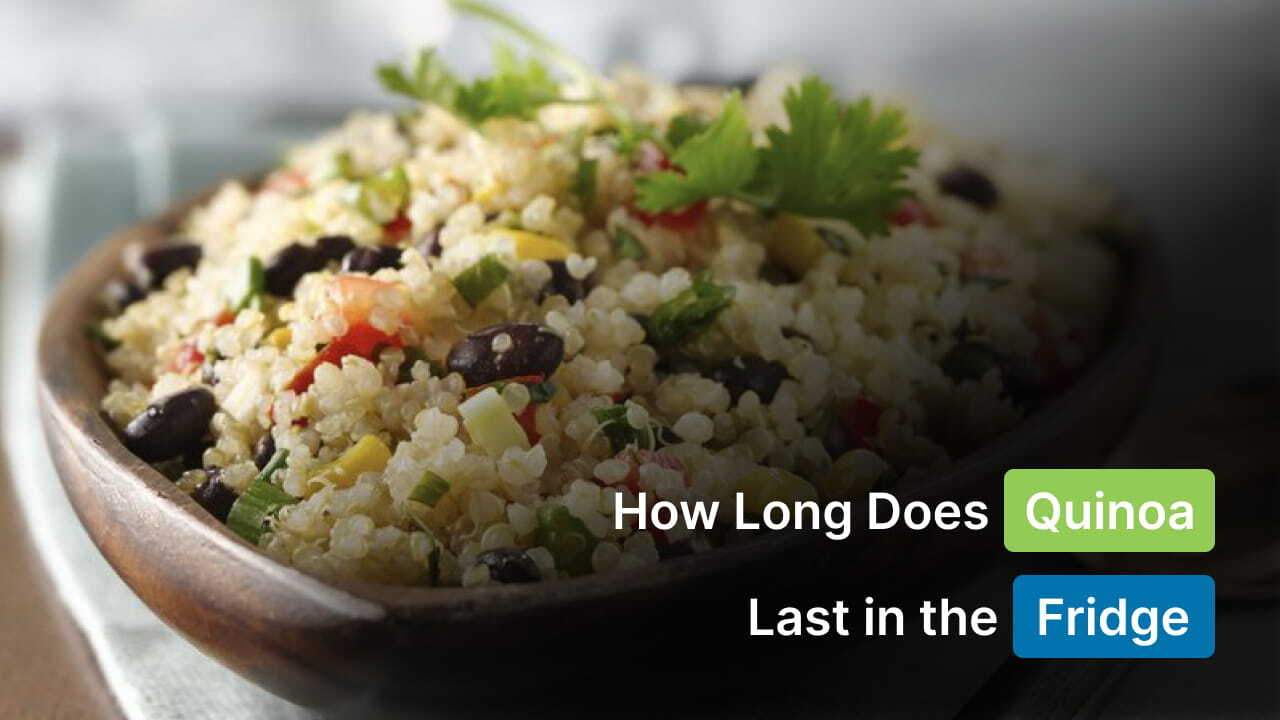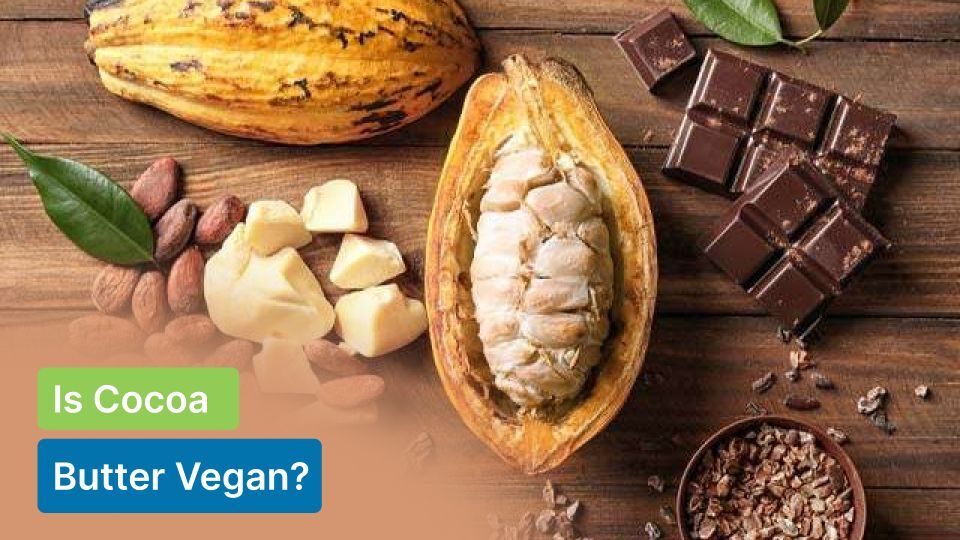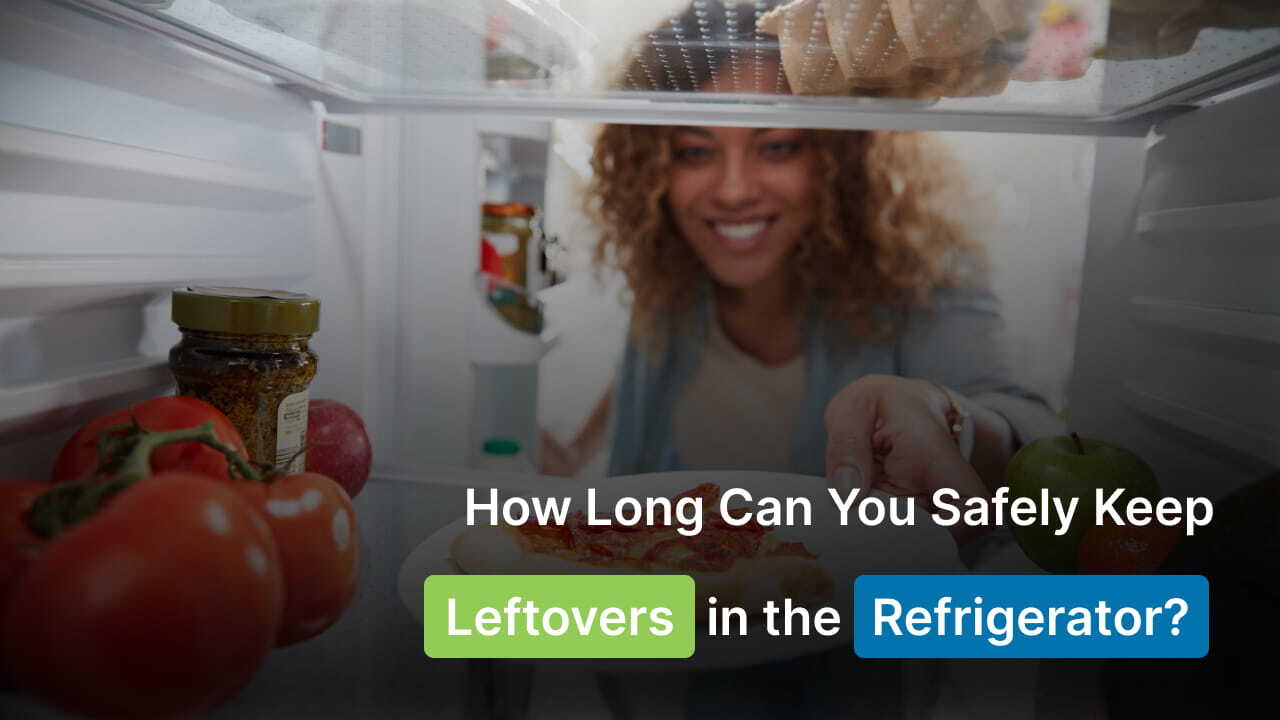
When it comes to food leftovers, many wonder, “Are they safe to eat?” The answer is absolutely “Yes,” but up to a few days. Many people cook extra food and store it in the fridge to eat the same meal for the next or some other day. Leftovers are the best option when you do not have time to cook.
Leftovers are the best option when you don't have time to cook, but the critical thing to remember is to store them so they retain their quality. Follow safety tips to store them in your fridge to make them last long and avoid foodborne illness. Here, we will discuss how long leftovers can last in the refrigerator, some safety tips to store them, and much more. Continue reading!
What Do The FDA Guidelines Say?
According to the FDA, keep the cooked food in the fridge for two hours and consume it in 3 to 4 days. If the leftover has not been consumed within this duration, it is good to throw it away to avoid health issues.
For food safety, storing it in a clean and shallow container is good to prevent the risk of growing bacteria. If the food is not homemade, remember its expiry and manufacturer date.
How Long Can You Safely Store Leftovers In The Refrigerator?
Usually, the answer to how long you can safely store the leftovers in the fridge is “3-4 days.” After this period, the food has a high risk of growing bacteria, leading to serious health issues. The safety of your leftover food also depends on its type, how you store it, and the refrigerator temperature. If you cannot finish your leftover food within four days, freeze it immediately, as frozen leftovers stay for a long time, but it may affect the quality.
On the other hand, it is difficult to determine whether a leftover is safe to eat because bacteria do not alter taste, smell, or appearance. Maintaining the right fridge temperature at 40 degrees Fahrenheit slows down bacteria formation in food. If the fridge is unsafe or too warm, it may spoil your food soon.
Shelf-life of Different Foods
The shelf life of food depends on various factors. There is a difference in the shelf life of raw and cooked foods, through which you will also understand how long leftovers are good for you to consume. The factors include:
- Type of food.
- Storage box.
- Addition of preservatives.
- How the food is prepared (Cleanliness and Sanitation).
The shelf life of food can be increased by taking some precautions. Remember, storing the food incorrectly and eating it beyond its shelf life can lead to health illness symptoms.
High-Risk Foods
As the name suggests, high-risk food has a higher risk of growing bacteria because it includes more moisture and high protein. They are usually ready to eat, so they must be stored in the fridge or freezer to make them last longer. However, the food packet is labeled with a ‘use-by’ date. Eat that food within this schedule less it becomes harmful. High-risk food include:
- Cooked meat and poultry.
- Smoked salmon.
- Readymade salads and vegetables.
- Dairy products (milk, cream, and cheese.)
- Meat gravies, sauces, and meat pieces.
- Seafood.
- Cooked rice and pasta.
Low-Risk Foods
As the name suggests, low-risk foods can remain safe at any temperature. They have a lower risk of growing bacteria. Although high in acid and sugar, they are considered safer than high-risk food because of preservatives (dehydration or acid fermentation) added to these foods. The food packet is labeled with the ‘best before’ date. Consume them before that date, or else they will be harmful. Low-risk food include:
- Sweets.
- Pickles and vinegar.
- Honey, jam, and preserves.
- Syrups.
- Flour and dried pasta.
Type Of Food |
Food Shelf Life in Fridge (In Days) |
| Non-Veg | |
| Cooked Meat (lamb, beef, etc.) | 3-4 |
| Cooked Chicken (Chicken, etc.) | 3-4 |
| Cooked Ham (Slices, Half, Whole) | 3-7 |
| Opened Meat | 3-5 |
| Eggs | |
| Boiled Eggs | 7 |
| Omelets | 3-4 |
| Homemade Egg Dishes | 2-3 |
| Commercial Egg Dishes | 3-5 |
| Egg Salad | 3-4 |
| Veg-Food | |
| Undressed Leafy Green Salad | 3-5 |
| Dressed Leafy Green Salad | 1-3 |
| Fruit Salad | 3-5 |
| Vegetables (Roasted/Steam/mashed/cooked/etc.) | 3-4 |
| Cooked Grain (Rice/Pasta/etc.) | 4-6 |
| Desserts | 2-4 |
| Pizza | 3-4 |
| Gravy, Soups | 3-4 |
How To Store Leftover Foods?
The safety of your leftover foods depends on how you store them. So, if you are left with some leftovers, do not just throw them; instead, store them with some preservation methods. Here are some tips to keep leftover food in your fridge safely:
1. Keep leftovers out for a short time.
The first important thing to safely store your leftovers is not to keep them outside for a prolonged time. Freshly cooked food can remain bacteria-free for two hours. After that, it becomes less safe to eat. So, pack them and keep them in the fridge when they get cooled down. If the temperature is 90º Fahrenheit or above, refrigerate the food within one hour.
2. Store it in an airtight container.
Keep your leftovers in the fridge and store them in an airtight container to make them cool down fast. Gallon containers can slow the process of cooling down the food, so keep the food in a small, shallow, airtight container to keep the food fresh for some days.
3. Keep your fridge temperature right.
Keep your fridge temperature 40 to 45 degrees F to maintain the food quality, which can be stored for 3-4 days.
4. Avoid cross-contaminating your food.
Cross-contamination is one of the biggest mistakes people make with their leftover food. Ensure you are not using the same spoon you used with other poultry or raw food; otherwise, it will increase the levels of pathogens. Remember to use the clean storage to keep and touch the food. Store the raw and cooked food in separate containers. Bacteria from cooked or raw veggies can contaminate and multiply, causing health issues.
5. Keep temps below 40 F.
There is a risk of growing bacteria in food under temperatures between 40 and 140 degrees Fahrenheit. Keep the food resting outside for only 2-3 hours. Remember to keep your kitchen clean after preparing a meal.
6. Freeze or consume leftovers within four days.
If you find that your leftovers are about to spoil in the fridge, store them in the freezer. The food will remain safe in the freezer, but the taste may vary in 2-6 days. So, try to consume your leftover food within 3-4 days.
7. Reheat leftovers properly.
Before consuming your leftovers, reheat them at 165 degrees Fahrenheit. While reheating, cover the food to maintain moisture and heat it evenly. If reheating in the microwave, rotate and stir halfway to reheat the food evenly.
How to Check If Leftovers Are Safe To Eat?
It can be hard to find whether your leftovers are safe to eat. Here are some factors you can use if your food has gone bad:
1. Change in Texture or Appearance
First, watch your leftovers' appearance and texture. If you find a change in color or texture or see mold on your leftover foods, throw them away.
2. Change in Smell
Next, smell your leftovers. If leftovers smell foul or unpleasant, throw them right away to avoid illness.
3. Change in Taste
If the smell is fine, taste the leftovers. If you find any difference in flavor or a little sourness, throw it away.
Summary
Every leftover food is not for waste. Instead, you can store it for 3-4 days in the refrigerator or the freezer to increase its shelf life to one month. Remember the FDA statements- you can finish the leftovers within its expiry duration. If you can't, it is best to throw it away to avoid any severe health issues.
To increase the shelf life of your leftover food, follow the above storage tips. Remember to safely store leftover foods in an airtight and shallow container to retain their quality and taste. Storing them properly also reduces the risk of bacteria growth, which can lead to foodborne illness. Also, clean your fridge weekly and freezer every month.
FAQs
1. How long will leftovers remain safe in the refrigerator without power?
Ans: During a power outage, food in the refrigerator will only last up to 4 hours. Remember not to open the front door.
2. Can I reheat leftovers multiple times?
Ans: While reheating leftovers more than once does not generally increase the risk of illness, it may affect the nutritional balance and texture.
3. Why are leftover foods kept in the fridge?
Ans: Store your leftovers in the fridge after two hours of cooking to keep them cool. This decreases the risk of bacteria growth and helps them stay fresh for many days.
4. Can bacteria also grow in a freezer?
Ans: No, bacteria cannot grow at low temperatures. The freezing temperature should be -18°C to prevent bacterial growth.
Also Read


